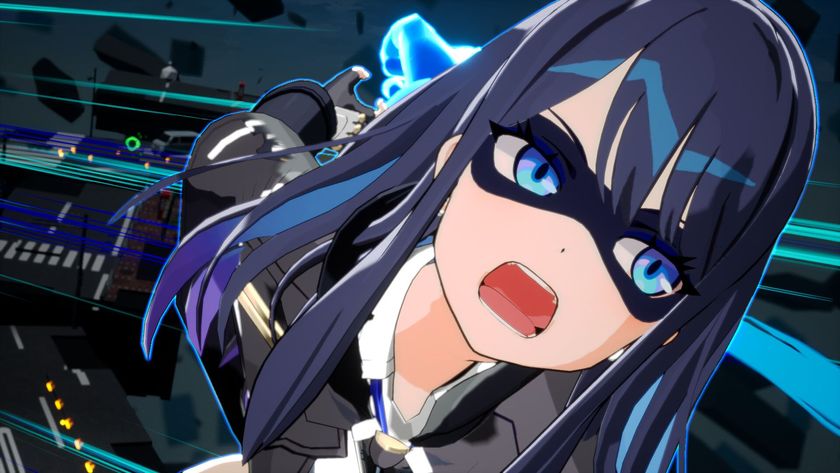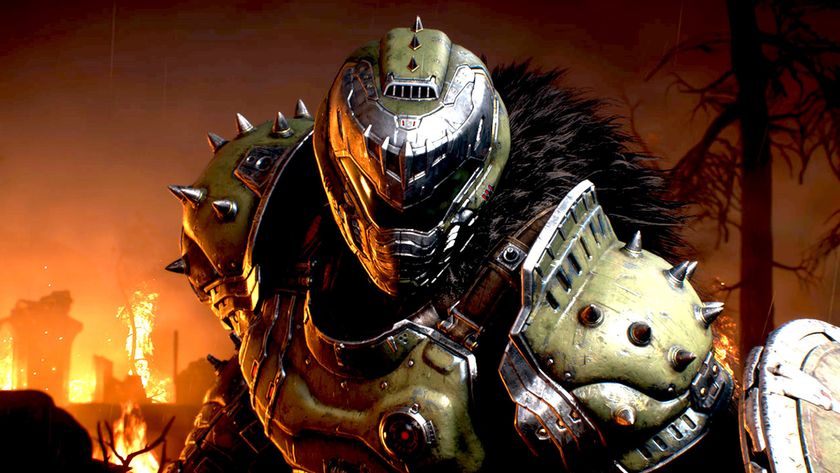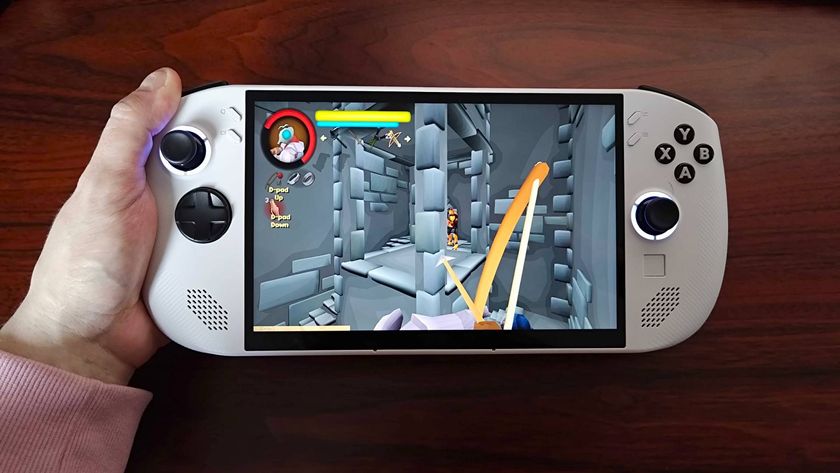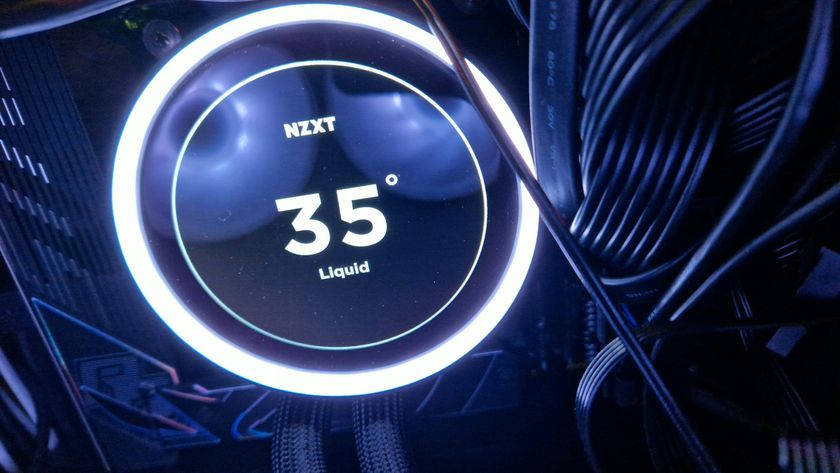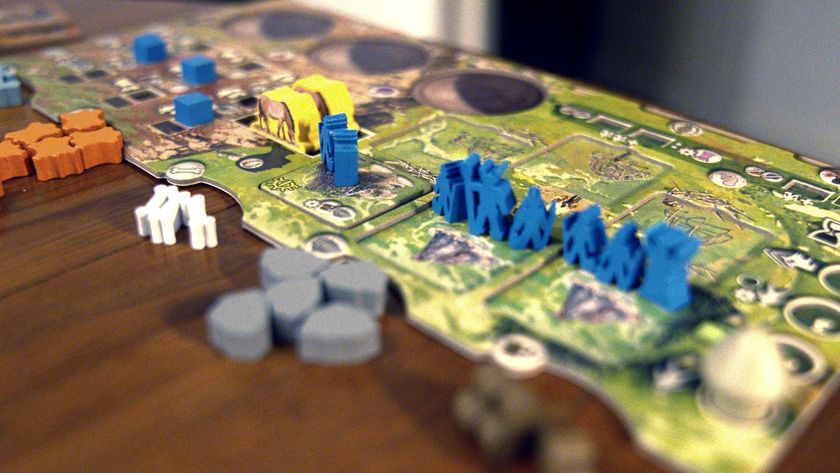Why you can trust 12DOVE
It’s best to think of this as DayZ: The Board Game; a turn-based, isometric exercise in futile survival once all the shops are gone and there’s no phone reception any more. No-one gets saved. No-one will remember you. You’ll just die from septicaemia after you scratched your hand in an abandoned building. Unnoticed and unloved. You’re the guy the heroes find and search for a scrap of cloth on their way to glory.
Presentation here is starkly minimal. There’s a hexagonal grid that game pieces move around on. Combat, crafting, healing and other actions are controlled by selecting icons and reading text descriptions of the outcome. It’s almost a weird hybrid between board game and choose your own adventure, and requires a similar level of imagination to really appreciate.

Oddly, it works. We easily lost ourselves in the world: wincing as cold and uncaring bullet points informed us that someone was being clubbed to death as they slept. Fights, that consisted of little more than clicking boxes labelled ‘charge’, ‘advance’ or ‘tackle’, became desperate grubby struggles in the dirt for one more turn of life. Beating a feral dog’s head in with a crowbar (and then eating it) was another low point that is remembered with far more vivid details than the icon ‘flurry of blows’ would suggest.
It’s always a struggle in a harshly realistic way. If all there is between life and death is a handful of suspicious mushrooms and some dirty water, what are you going to do? Starve, or swallow hard and hope you don’t get a message about poisoning symptoms or cholera a few turns down the line?
In many ways this is reminiscent of FTL. It’s that same brutal learning curve of sudden deaths and scrabbling fights to postpone the inevitable, as you work out the intricacies of the gameplay. Although here, it swaps the humour of engine room fires and airlocks for the grim discovery that you can drag the body of the man you just killed, and a cleaver, into the crafting menu and make meat.

Every surviving turn is fought for and earned as you learn what to prioritise and how to deal with situations. As it’s random, sometimes it can feel unfair, with crucial items simply not being found. A container to carry stuff and a sleeping bag are vital, but sometimes a game can last a few turns where you find neither and freeze to death within minutes, never really having had a chance. Other times it can feel just plain broken – one game ended with our character bleeding to death, despite having only a single mild cut that had been bandaged with clean rags (having learned how to sterilise them).

There is a larger game here about trying to survive long enough to “figure out who you really are” and reach a distant city. But in all honesty we never even got close. After ten hours, simply the struggle to survive was game enough. The only downside is the price: at £10.99 it feels a little over the odds. It’s a harsh and compelling survival experience with plenty of replayability, but one that’s probably best picked up in the sales. Possibly the post-apocalyptic ones, if you’re really thrifty.



